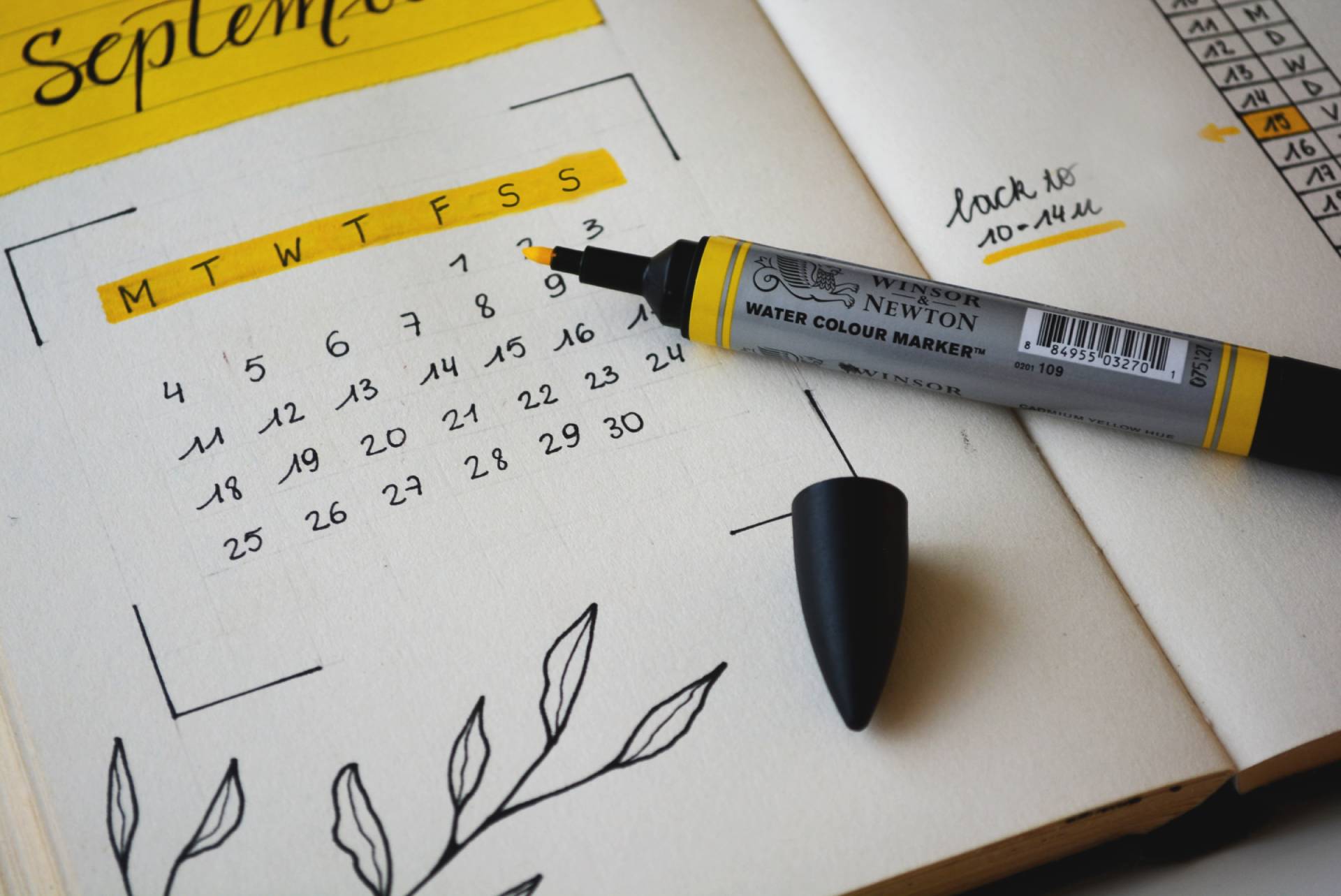The 9 things I learned on my Enneagram journey in 2023
The Enneagram body of work is not short of definitions and meanings of this concept. I will quote two, to introduce the topic. Integrative Enneagram: As a personality theory, the…


The Enneagram body of work is not short of definitions and meanings of this concept. I will quote two, to introduce the topic.
Integrative Enneagram:
As a personality theory, the Enneagram describes the nine primary strategies we all use to relate and react to the world. Each of these personality strategies also has basic fears, basic desires, and generally predictable patterns of behaviour.
Ennegarm Explained:
The Enneagram is a system that shows us the nine ways that the people in the world default to in life. The Enneagram explains the “why” of all that we do, think, and feel. These nine types are based on our core motivations. When we delve into the Enneagram, we can better understand ourselves and begin to grow. The Enneagram can look surprisingly simple and yet there is more depth to it than you can imagine. It’s more than a personality label that you can use as a way to justify your behaviour and it’s not a way to label others in judgement.
I recently certified as an Enneagram Teacher in the Narrative Tradition after nearly two years of the most intense studying I’ve ever undertaken. The reason – because as much as the program consists of theory and concepts to grasp, I found the actual studying to be about myself.
Self-study is hard. It is uncomfortable. It is painful. And it is messy. BUT – the only way for me to get out of the mess (still at it) was to get through it (yes, still at it) and once I did (and ongoing), I discovered myself in a beautifully honest way.
I’ve shared previously that I lead from Type 2, known as The Helper / The Nurturer / The Giver etc. However, in my messiness, my awareness about my defence mechanisms deepened. Let me explain defence mechanisms: these are part of our type structures and we use them to keep us safe.
Here are the 9 ways I learned how I, as a Type 2, use the defence mechanisms of each of the types to keep me safe or protect my ego in everyday situations.
The Type 1 Way: Reaction Formation
- This is when I feel one thing, and express the opposite or something unrelated.
- WHY? To be seen as being right.
- Example – I’m hosting a dinner party and I’m exhausted at the end of the party, and instead of going to sleep, I clean up.
The Type 2 Way: Repression
- This is when I put what feels to me like my “unacceptable” needs and feelings out of awareness.
- WHY? To maintain a self-image of being helpful, and not come across as being needy.
- Example – A friend calls to offer me support when I’m sick and instead of telling her what I need, I turn the conversation to “how are you coping with your mom’s passing”?
The Type Way 3: Identification
- This is when I step into a role so completely that I lose contact with who I truly am inside.
- WHY? To maintain a self-image of being successful and of winning, I don’t have to access my personal feelings and needs.
- Example – I haven’t eaten breakfast, it’s 11am and I’m starving yet my lunch bag is on the floor next to me in the meeting room where my boss is presenting the company’s annual report to our shareholders. Instead of opening my neatly packed lunchbox and eating, I sit through “the task” because I believe that’s the expected way to behave – after all, none of the other successful-looking people are eating.
The Type 4 Way: Introjection
- This is when I “inject” myself with emotions from the outer world, and into myself both positive and negative emotions.
- WHY? To maintain a self-image of being authentic, and to avoid being ordinary or mundane.
- Example – I am the lead on a project and one of the team members missed a deadline which impacts the overall project timeline and the sponsor is fuming due to the cost impact. I feel unworthiness.
The Type 5 Way: Isolation
- This is when I withdraw, not so much physically but often on the inside from my emotions and staying up in my head.
- WHY? To maintain a self-image of being knowledgeable, and avoid the experience of inner emptiness or depletion.
- Example – When I feel emotionally unsafe, I detach from my feelings as a strategy to protect myself from potential emotional invasion or danger.
The Type 6 Way: Projection
- This is when I attribute to others what I can’t accept in myself, both positive and negative.
- WHY? To maintain a self-image of being loyal, and to avoid rejection.
- Example – I enjoy cooking and over almost two decades of family life, what used to be an act of creativity became an act of duty. My take on it – well, surely my family will recognise the effort and love me more, and I will feel safe when I receive their love.
The Type 7 Way: Rationalisation
- This is when I stay up in my head, explaining away or justifying things so that I can distance myself from painful feelings and avoid taking responsibility for my behaviour.
- WHY? To maintain a self-image of being okay, and not avoid suffering.
- Example – I’m on a tight budget, in fact, I’m overspent for the month and it makes me anxious to look at the numbers on the spreadsheet. Instead, I call a friend and arrang to meet for a drink during which we moan about the increased cost of living and what a struggle it is to make ends meet…having spent another X amount of unplanned money, telling myself that it was a much needed catch up.
The Type 8 Way: Denial
- This is when I refuse to accept reality by increasing my instinctual energy through willfulness and control, and reducing my emotional energy.
- WHY? To maintain a self-image of being strong, and to avoid vulnerability.
- Example – I’m hearing the most offensive words being said to me by a colleague, I feel a hole in my stomach and a lump in my throat and I recognise feelings of shame and embarrassment but within seconds, I take deep breaths and blank out the emotions. I step forward and say to the colleague “hurt people, hurt people” and walk away.
The Type 9 Way: Narcotisation
- This is when I “edit myself out” to avoid something that feels too large or uncomfortable for me to handle.
- WHY? To maintain a self-image of being comfortable or harmonious, and to avoid conflict
- Example – I use repetitive patterns of thinking as a way of numbing myself out. I’ll find a word, phrase or image and think about it repeatedly until the dilemma goes into the background.
For a 30-minute session to find out how you can explore your Enneagram Type, book a chat with me.
Related posts
The Introduction to the author
From birth to teens The beginning of me was 2 June 1973, born to Minnie Petersen and Phillip Strong, in…
3 Strategies to Spring Clean Yourself
Cambridge Dictionary offers two definitions for spring cleaning, as follows: Noun: to clean all of a place, especially your house,…
Finding your voice in the team – 3 strategies on how to give voice to your thoughts
Google defines voice as follows: Noun: the sound produced in a person's larynx and uttered through the mouth, as speech…


